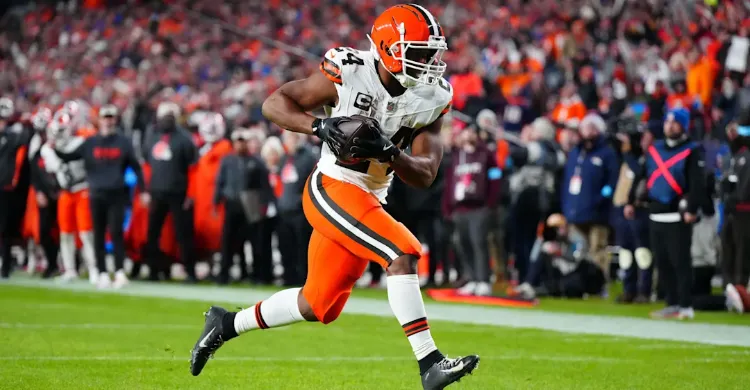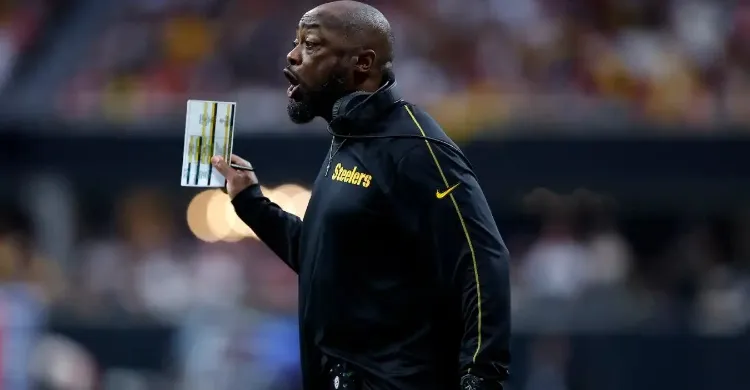Going 4-6-0 in the final ten games of the regular season is perhaps not how the Washington Capitals wanted to enter the postseason. The team had been competing for the President’s Trophy all year only to crash down the stretch. That late-season swoon is concerning, but I don’t think those losses mean the Caps are more likely to lose to the Montreal Canadiens in the first round.

The narrative goes like this: the Caps saved their worst hockey for the final month. Looking at the boxscore stats, that narrative is perfectly right. After piling up a massive positive goal differential in the first 70 games, the Caps crested then collapsed (the purple X below), exposing themselves as a weak team all along.

But it’s crucial to understand how those goals were scored, because those different reasons suggest different future results. If the Capitals, for example, were getting dominated, playing in their own zone without the puck all the time, then that would be an ill omen. A team that can’t possess the puck consistently is less likely to score in the future.
But the Caps have been driving play just fine, even during the slump. The line graph below shows how many shots each team attempted per hour over the course of the season. The Caps are red; their opponents are blue. If the red line is above the blue line, the Caps were outshooting the other team.

It’s good, but it has not been a uniformly strong season. The team was superb in the first thirty games, but then fell off, relying on different factors to win games. (We’ll talk about those factors in a moment.)
Over the whole season, the Caps finished just above even, with 51 percent of the attempts, 12th place in the league. But aside from the last week — and a woeful 36 percent against Pittsburgh in the finale — the Caps were fine even when the losses started accumulating. In the final month, the team was right at their season-long average: 51 percent. And when you weight those shot attempts by their quality — how likely each shot is to become a goal — the ending looked even better.

It’s tough to believe, but the Caps were more effective at limiting opponent shot quality at the end of the season than they were at any other point. If you imagined a hypothetical team that drove play well with even better shot quality, you would not think they would get outscored 43 to 28 in the final month of the season. But, alas, goals:

The red line, Washington’s goal rate, fell at the start of April, and the blue line, opponents’ goal rate against Washington, soared to its highest rate of the season. The Caps allowed five or more goals four times in the last ten games, including blowout losses to non-playoff teams like Buffalo and Columbus.
Here is a photo of Charlie Lindgren:
In the month of April, Lindgren saved .881 in all situations. With dodgy backup performances from Hunter Shepard and Clay Stevenson, the Caps overall saved .841 in those last ten games, worst in the league during five-on-five play and infinitesimally better in all situations than the Hurricanes, who basically threw game 82, giving up seven goals to Ottawa and skewing their numbers.
But while this was happening, the Caps were actually allowing fewer scoring chances and high-danger chances from their opponents. The first week of April saw opponents getting the lowest rate of high-danger chances of the whole season. It’s just that the goaltending stunk. And this includes Logan Thompson, who saved .780 in all situations in his last three appearances before his injury. Thompson’s status for the start of the playoffs is not certain.
There was a moment in the season when the Caps were not playing particularly well but were buoyed by Vezina-caliber goaltending. From December until March, the Caps were the LT show, getting top-10 save percentages for nearly half the season. Thompson stepped up just as Washington’s underlying play took a step back, and that staggering effect is what powered the team to winning first place in the Eastern Conference. But at the end of the season, save percentage regressed hard – coincidentally just as Washington’s own finishing faltered.

The Caps were a freakishly hot shooting team for the whole season… nearly. They ranked second place, behind Tampa, from October through December. But, in April, they were last place.
| Month | Shooting % |
|---|---|
| October | 0.12 |
| November | 0.14 |
| December | 0.08 |
| January | 0.10 |
| February | 0.14 |
| March | 0.12 |
| April | 0.05 |
Some rhetorical questions:
- Was that crash a byproduct of Ovimaxxing, the act of tailoring the team’s play around Ovechkin’s chase? Maybe. I don’t know. I doubt it.
- More importantly, is that five-percent shooting indicative of the team’s true shooting talent, specifically with any predictive value heading into the playoffs? No.
- But also, and I’m sorry to do this, is the team’s early-season, can’t-miss shooting a truer indicator of how they’ll do against Montreal? Also no.
Scoring is hard, as I learned in high school. If there’s, on average, a ten-percent chance any shot goes in, streaks are going to happen. And though there are players who are exceptional at finishing their chances, and though there are goalies who can sustain above-average goaltending for long periods of time, teams on aggregate slowly, inexorably get pulled back towards the norm. That’s what happened to Washington, who spent most of the season on track to become the top PDO team of all-time, i.e. the team with the highest sum of shooting and saving percentages during five-on-five play.
(PDO is a stupid stat name; it’s just a quick check to see if a team is getting better results than you might think based on number of the shots they take and allow.)
Instead of ending up in first place out of 552 team-seasons, they ended up 75th. The nerds would call this a classic PDO crash, but it should not discourage us for next week. The underlying pattern of play still favors Washington by every measure – and finishing percentages do too.
| During five-on-five | Montreal | Washington |
|---|---|---|
| Attempts % | 46.9 | 51.0 |
| Expected goals % | 46.3 | 51.5 |
| Actual goals % | 46.4 | 54.5 |
| Shooting % | 9.6 | 10.6 |
| Saving % | 90.1 | 90.6 |
When playing head to head against the Habs in three games, the Caps controlled five-on-five play: 57 percent of the attempts, 64 percent of the expected goals, and outscoring the Habs 12 to 8 in all situations. Washington’s record was 2-0-1.
None of this is to say the series will be easy. I’m glad the Caps won first place in the east, but the opposing goalie they drew, Sam Montembeault, is the toughest one possible. Montembeault has saved 24.6 goals better than expected this season, fifth best in the league and only 1.4 behind Thompson. The Caps should be fine at controlling the flow of play in this series, but they’ll need a competent backstop of their own – and they’ll need to learn how to bury their chances again. That means:
- the Ovi shot from the Ovi spot,
- Chychrun’s seeing-eye puck from high in the zone,
- McMichael on the counterattack,
- Carlson doing whatever it is Carlson has somehow done for 15 years,
- Protas crashing the net,
- Dubois being basically perfect,
plus goals from role-players against the Habs’ relatively shallow depth. Much of this series will be decided when Slafkovsky, Suzuki, and Caufield are off the ice. Those are the moments for guys like Ryan Leonard (5.9-percent shooting), Anthony Beauvillier (6.9), Taylor Raddysh (7.5), and Lars Eller (7.8) to make their presences felt.
In the coming days you’re going to hear a lot about Washington’s poor finish to the season – and along with it an implication that the team itself was a mirage. They weren’t. If they can just settle somewhere, anywhere, between the worst finishing in the league and the best –and if they can get a decent showing from a healthy Logan Thompson – then they’ll be fine. Caps in five.




